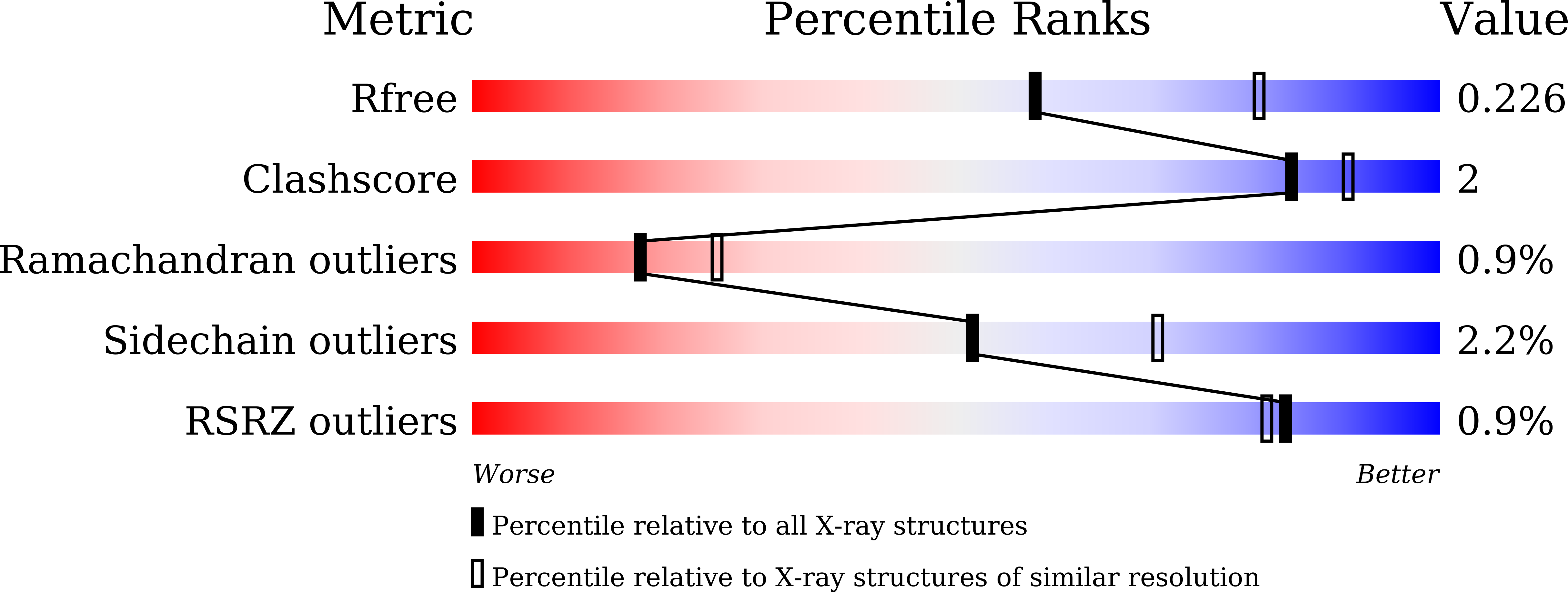
Deposition Date
2021-09-09
Release Date
2021-11-10
Last Version Date
2024-05-29
Entry Detail
PDB ID:
7VEM
Keywords:
Title:
the NADPH-assisted quinone oxidoreductase from Phytophthora capsici
Biological Source:
Source Organism:
Phytophthora capsici LT1534 (Taxon ID: 763924)
Host Organism:
Method Details:
Experimental Method:
Resolution:
2.39 Å
R-Value Free:
0.22
R-Value Work:
0.16
R-Value Observed:
0.17
Space Group:
P 32 2 1


